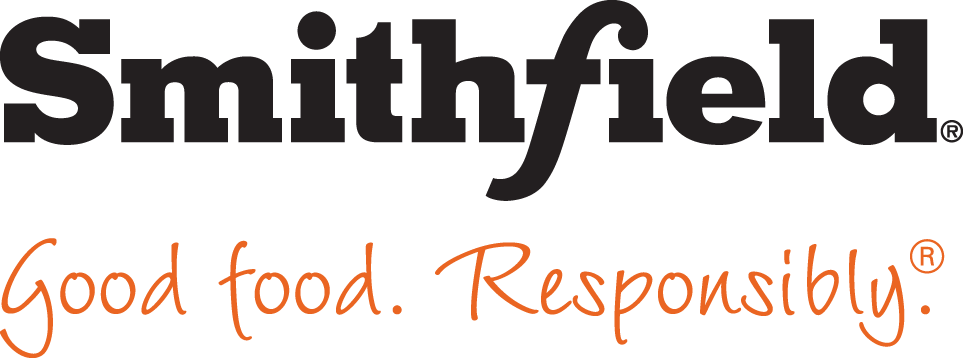Smithfield Foods Invests in Sustainable Agronomics: Q&A with Bill Gill
by Alyssa Danigelis

Originally published by Environmental Leader
In early December 2016, Smithfield Foods became the first major livestock company to set an absolute supply chain goal of reducing greenhouse gas emissions. The world’s largest pork producer committed to cutting emissions in its US supply chain 25% by 2025.
“We’re getting a lot of input from our customers, NGOs, and different groups as to how we can participate in an effort to reduce our carbon emissions,” says Bill Gill, assistant vice president for sustainability at Smithfield Foods.
Gill, who has been with the company for just over 30 years, heads up environmental and sustainability efforts there. He says that Smithfield has partnered with the University of Minnesota and the Environmental Defense Fund to develop a science-based approach for reducing emissions.
Agronomics, the science and technology of land cultivation that includes soil management and crop production, also plays a big role. Recently we caught up with Gill to learn more about the company’s goal, and how two major agronomics initiatives could help Smithfield cut emissions and costs.
Just how big is Smithfield’s 25 by 25 goal?
It’s really big. Working with our partners we think that our emissions are around 17 million tons per year. Twenty-five percent would be 4.25 million tons. With all of the grain, agriculture, and hog production that we’re involved in, we’re looking to create efficiencies across our supply chain as well as reduce our overall impact.

